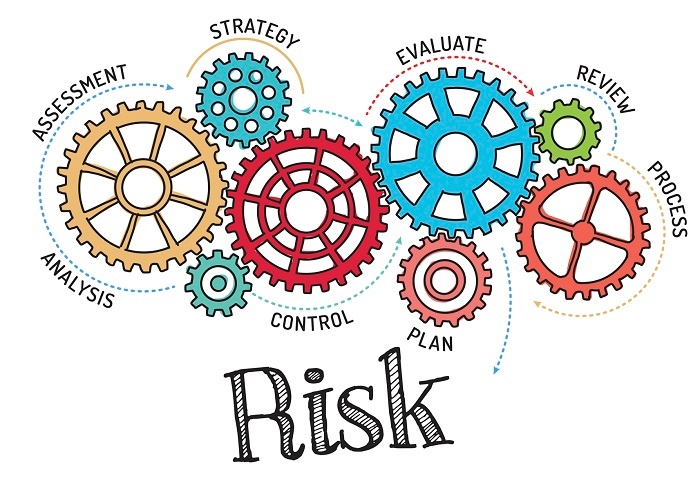3 Crisis Management Case Studies We Can Learn From
 Of the more than 28 million U.S. businesses in operation, an incredible 99 percent are small businesses with fewer than 500 employees. These smaller firms are arguably the most vulnerable to emergencies. In fact, more than 40 percent of small businesses never reopen following a disaster.
Of the more than 28 million U.S. businesses in operation, an incredible 99 percent are small businesses with fewer than 500 employees. These smaller firms are arguably the most vulnerable to emergencies. In fact, more than 40 percent of small businesses never reopen following a disaster.
While emergencies affect smaller organizations differently from their larger counterparts, there is always plenty to be learned from crises that hit the nation’s big-brand companies.
Let’s take a look at some of the most well-known crisis management case studies from the last several years, as well as what we can learn from them:
1. The Target data breach
In late 2013, an IT security blogger broke a huge story: Target’s IT systems had been hacked, exposing the personal data of up to 110 million customers. Target issued a statement the following day and posted a video with more details on its website. The company apologized, explained how the hack had happened, and offered free credit monitoring for affected customers.
Unfortunately, there were a few key problems with Target’s response. First, it responded before its management was fully aware of the scope and cause of the problem. This forced Target to later walk back some of its statements, including the number of customers whose information was hacked. In the eyes of the consumer, it made Target seem unprepared, unprofessional, and even a bit suspicious.
Second, Target posted the message from its CEO to its website and then later realized it was not garnering many views. That was because most consumers were taking to social media—not to the website—to gather information, air complaints and interact with the company.
This offered a valuable lesson to Target, and others:
- In the response to a crisis identify the appropriate channels to reach the affected stakeholders
2. The Volkswagen emissions scandal
In September 2015, the Environmental Protection Agency accused Volkswagen of manipulating its engine controls to be able to pass laboratory emissions tests. Not only was the company violating the Clean Air Act by selling vehicles that did not meet environmental requirements, but it was also violating its customers’ trust by making its cars seem more environmentally friendly.
Unfortunately, the way the company handled the scandal made things even worse. As the story evolved, the company’s response was seen as inconsistent and, at times, contradictory to previous statements. Executives claimed they did not know about the cheating, only to reveal they did just a few days later. Meanwhile, the company’s PR and social media teams struggled to keep up. As the company set out to recalled millions of vehicles, officials promised to reimburse some, but not all, customers for their troubles.
All the while, consumers reported that the company seemed to be handling the crisis in a dishonest way by not fully “owning” its role in the scandal.
The brand likely would have fared better through this crisis if it had taken a few key steps:
- Been up front and honest as soon as the story broke
- Kept its response consistent, with an empathetic and apologetic tone
- Reimbursed all affected customers the same amount
- Demonstrated a commitment to change in some way (e.g., by setting new emissions goals or partnering with an environmental organization to help combat air pollution)
3. Southwest Airlines’ social media response to an IT failure
In the middle of the busy 2016 summer travel season, Southwest Airlines was suddenly struck by a wide-reaching technology failure. Its website and other key systems were down for more than 12 hours, prompting the airline to cancel thousands of flights. Over the course of four days, the company worked to respond to customer complaints quickly and effectively, in large part by leveraging social media. Its approach offers some key lessons.
Its approach offered some key lessons, as Southwest did several things right in its social media response:
- It apologized profusely for the inconvenience
- Admitted fault
- Continually posted updates as the crisis unfolded
- Made use of photos and videos on Facebook and Twitter to personalize the response.
Unfortunately, the onslaught of customer-service requests and complaints seemed to overwhelm the company’s social media team. Not long after the IT outage began, complaints on Twitter went unanswered for hours—and, in the case of Facebook, days. Ideally, the company would have answered each customer in a more timely manner.
Finally, Southwest seemed to forget that such a crisis is bound to impact all of its social media channels—even Instagram. The company failed to post an apology or acknowledgement of the situation on its Instagram account, instead choosing to feature its typical content. As a result, the account received hundreds of angry comments—and all of them went unanswered, surely leaving a bad taste in the mouths of many followers.









